There’s something about film borders that feels… authentic. The sprocket holes, frame edges, and text markings serve as reminders that the image is a tangible thing—a piece of film that passed through a camera, was touched by light, developed in chemistry, and finally digitized.
Yet, most modern 35mm scanners don’t capture these edges, forcing us to crop out a detail that sets film apart from digital.
To me, that’s a loss. This post explores why. In short, I believe film borders are proof of a photographer’s precision in composition and framing. But first, let me explain the source of my frustration.
The Problem With Film Scanners
Most dedicated film scanners, even high-end ones, are designed to capture only the exposed image area, excluding the borders. Flatbed scanners offer slightly more control, but even they struggle to capture the full width of the film, including sprockets and branding, due to the constraints of film holders.
If you want to preserve the borders, your best bet is the camera scanning method. However, this requires a compatible film holder that exposes the sprockets, which is not always straightforward.
Not to mention cameras like the Lomography Sprocket Rocket, which extend the photo toward the film edges. Cropping those borders means cutting out actual photographic information—not just black edges.
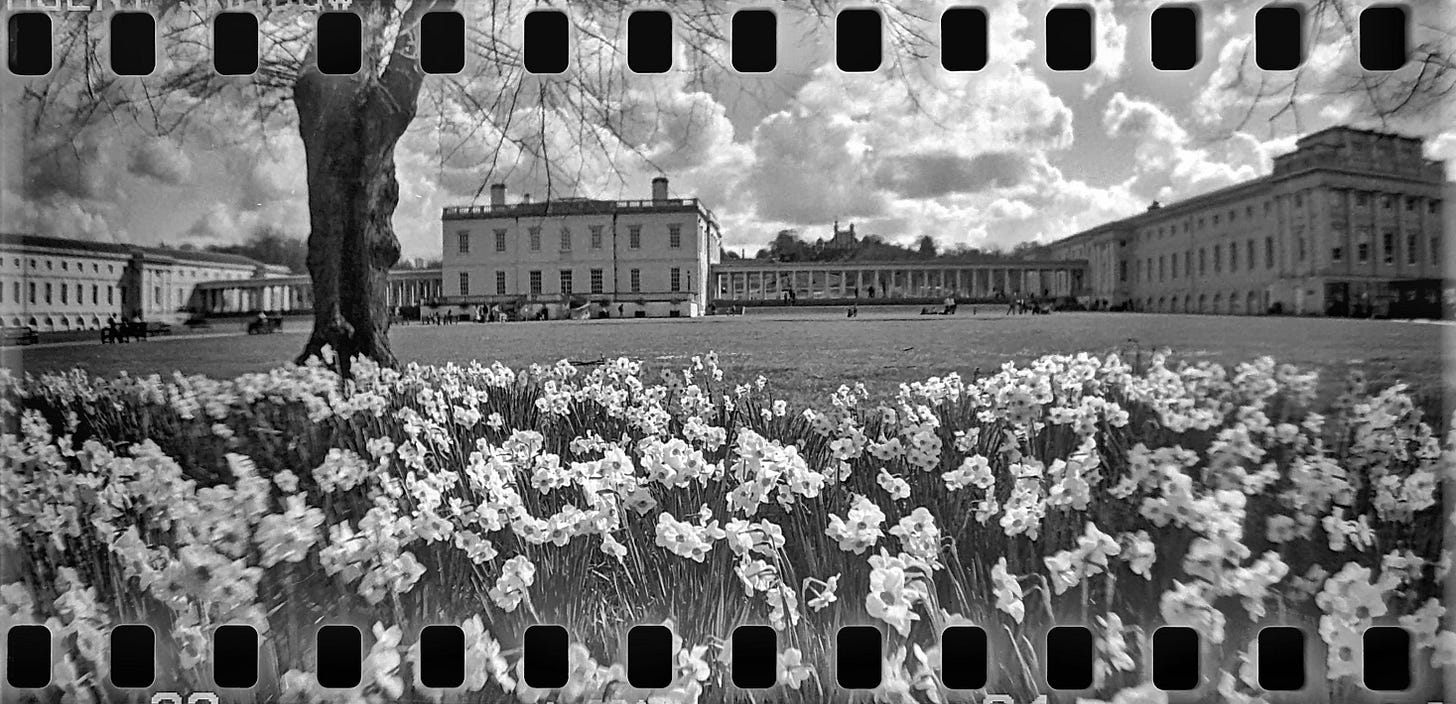
Thanks
for allowing me to use your photo. Guys, take the chance to subscribe to , also here on Substack!Here’s what most people don’t realize
For some, film borders are either a detail (or even irrelevant)—imperfections to be removed for a cleaner final image. But for others, those black frames are a badge of honor, proof that the photo was captured on film rather than digitally altered to look like it.
To me, it’s like a Certificate of Authenticity.📜
Borders as a Frame Anchor
Why I must agree with Henri Cartier-Bresson.
Henri Cartier-Bresson was known for his strict approach to composition, refusing to crop his images in post. He believed in composing entirely within the viewfinder, relying on instinct and discipline. His deep understanding of geometry, balance, and the decisive moment ensured that his images were perfectly aligned without later adjustments.
What many don’t realize is that film borders act as an anchor to the original composition. When you scan a negative without its borders, any cropping becomes imperceptible—unless you compare it to the horizon or reflections. Without a reference point, you cannot quickly judge whether an image has been trimmed.
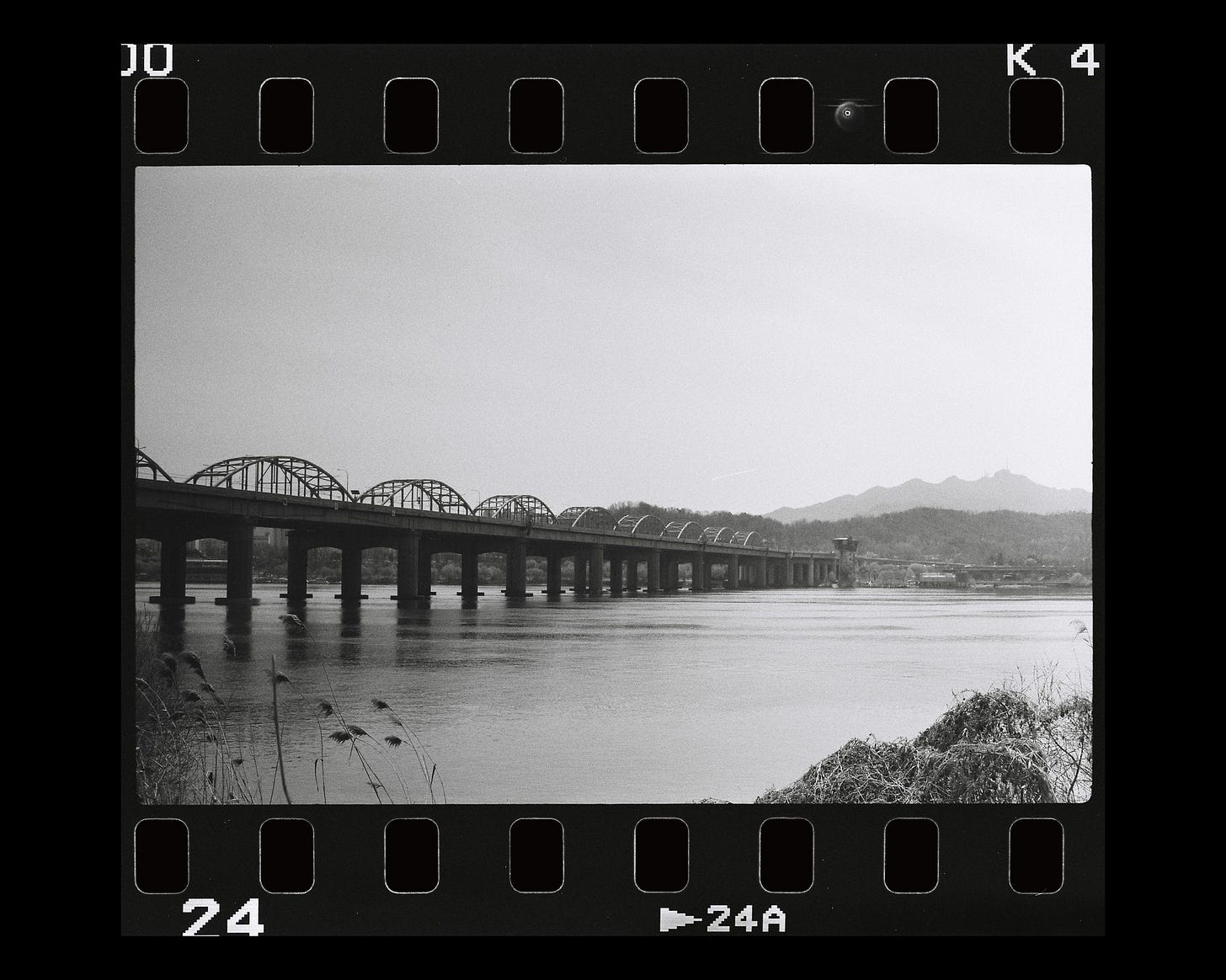
Thanks
for allowing me to use your photo. Guys, take the chance and subscribe to , also here on Substack!When borders are included, we eliminate ambiguity, proving that what you are seeing was captured straight out from the camera. They reinforce the integrity of the composition, and act as evidence of a photographer’s skill in framing the decisive moment, just like Bresson described.
The Aesthetic Appeal
Keeping film borders is an artistic choice—like leaving visible brushstrokes in a painting. It adds character.
Some photographers even fake film borders digitally to recreate that raw look (which, let’s be honest, is a bit tacky). But does that make sense? If the goal is to honor the medium, then artificially adding borders contradicts that intent. Ironically, digital photographers mimic film borders for aesthetic reasons, while film photographers are often forced to crop them out due to scanner limitations.
I always laugh when someone asks me which app I used to add film borders. My response?
"Oh yes, it’s an app invented hundreds of years ago… it’s called a film camera 😂"
Your Turn: Loss or Meh?
What do you think? Do film borders matter, or is this just sentimental attachment? I’d love to hear your thoughts.
And if you work for a film scanner company, please, for the love of all things analog, give us the option to keep our borders!
The technology exists. A redesigned transparent film holder or an alternative mounting solution could make this happen. It’s time for manufacturers to step up.
Right now, film photographers have no choice. Cropping isn’t optional—it’s forced by scanner limitations. Unless we resort to DIY setups with a digital camera and macro lens, we lose a small but significant piece of our film’s history.
Call for Solutions
If you know a way to scan 35mm negatives while preserving the film borders, please let me know! Otherwise… how am I supposed to prove to my friends that I’m a fancy film photographer? 🎞️ 🤪





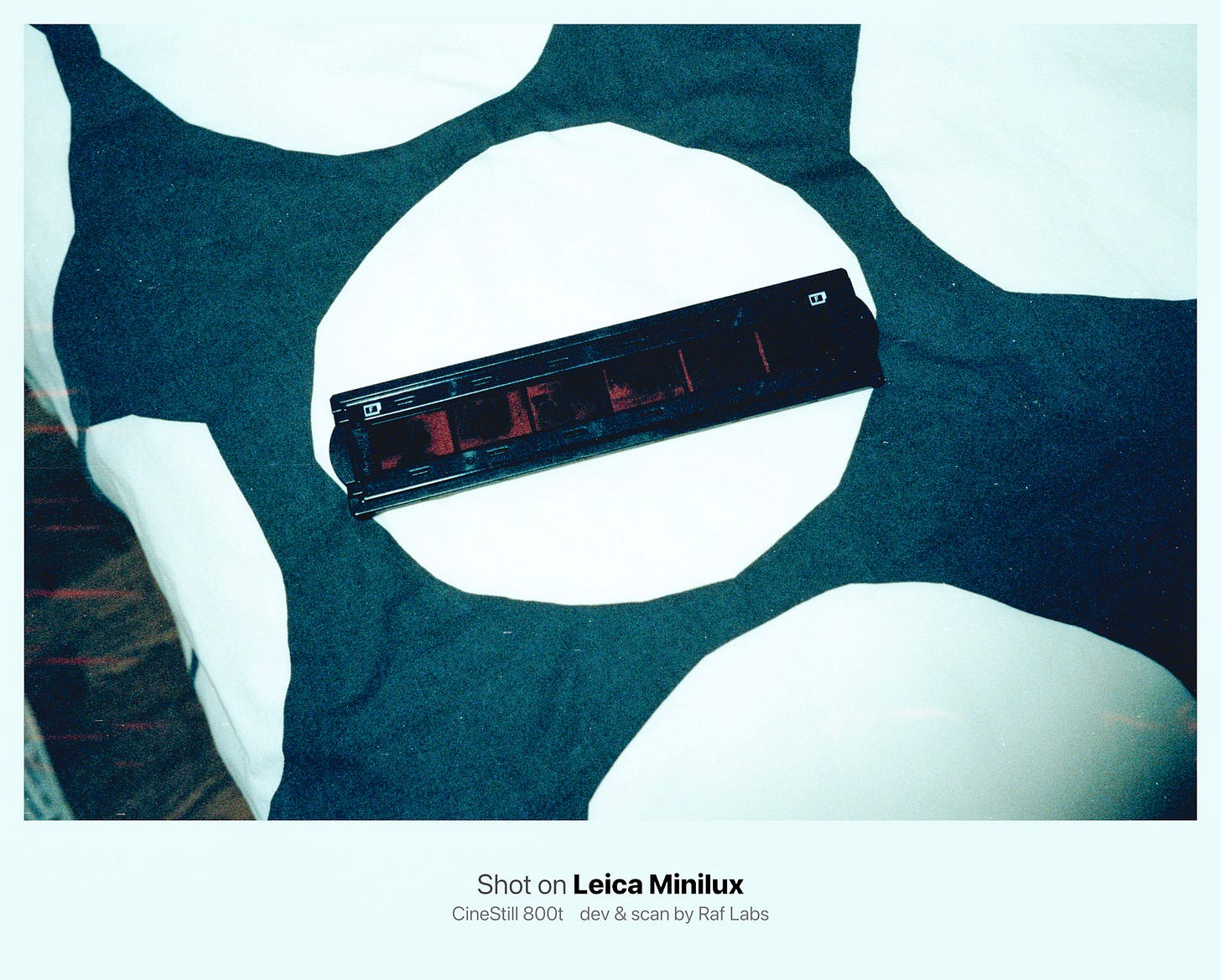

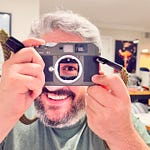


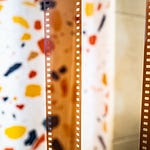
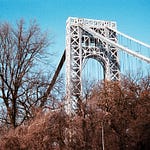
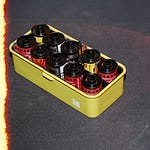
Share this post